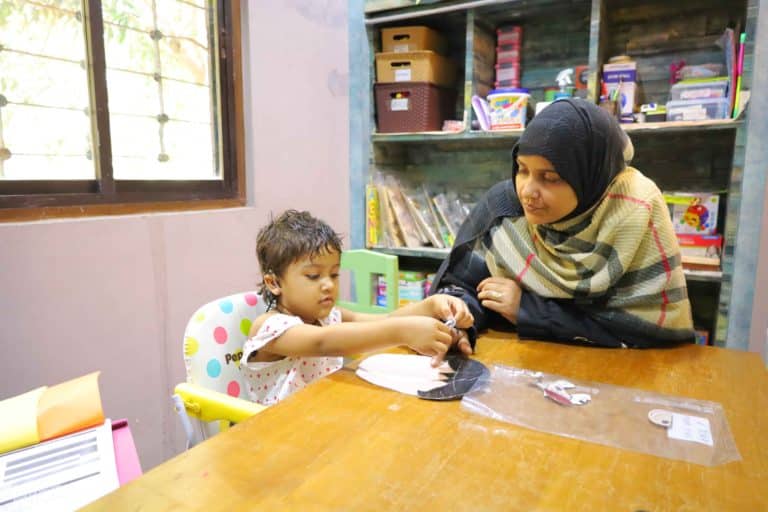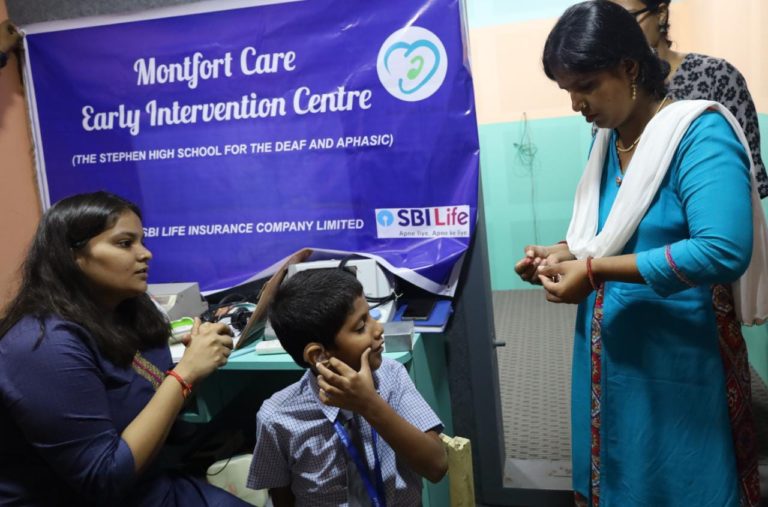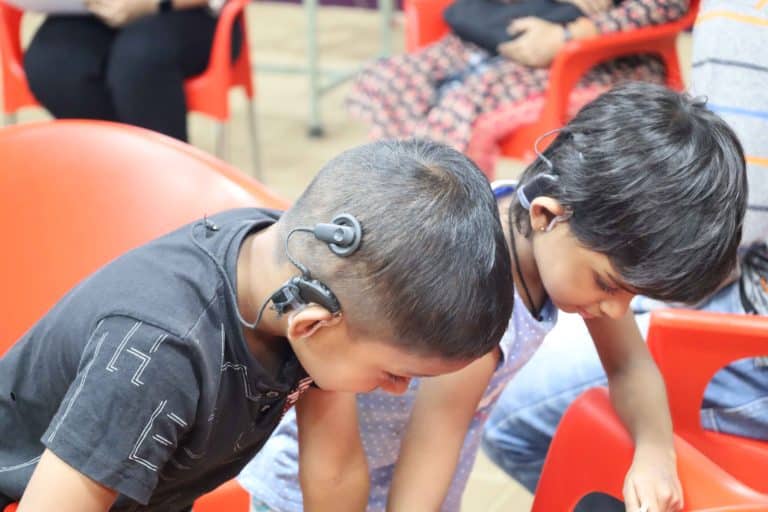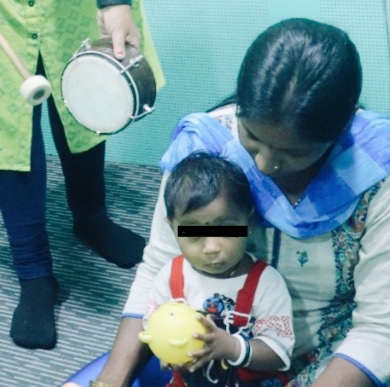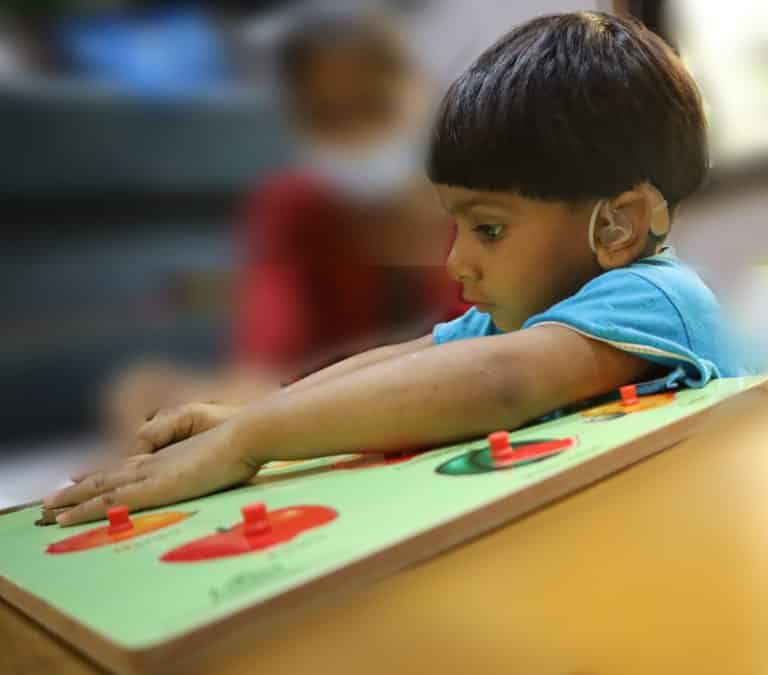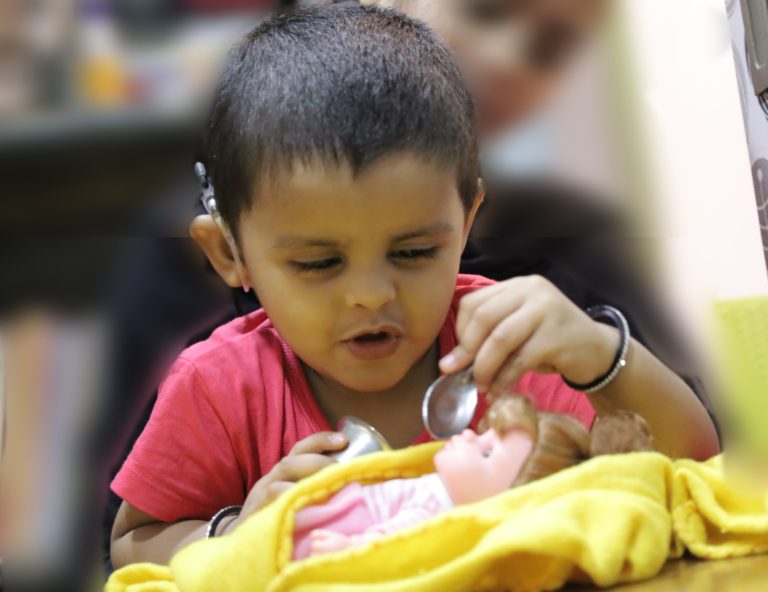RESOURCES
-
Blogs
- Resources
AVT Care App Early Intervened More…
02/06/2023 AVT Care App Early Intervened More Activities Interval 1-4 Here are some more activities that…
Tips and Advice on Care and…
17/12/2022 Tips and Advice on Care and Maintenance of Hearing Aids Let’s learn the right way…
Myths and Facts of Cochlear Implantation
04/11/2022 MYTHBUSTERS! – MYTH AND FACTS IN COCHLEAR IMPLANTATION A cochlear implant (CI) is a surgically…
Hearing Milestones and Informal Methods of…
07/10/2022 Hearing Milestones and Informal Methods of Testing A Child’s Hearing Hearing ie perceiving and understanding…
Myths related to hearing aids
06/05/2022 Myths related to hearing aids Hearing aids are personal amplification devices that help people who…
Play activities to engage your infant
09/03/2022 Play activities to engage your infant There are certain skills that an infant develops by…

Deafness is the second most common disability at birth in our country. Many children with hearing loss go undetected due to certain myths, lack of awareness and inability to reach the concerned professionals for treatment/ intervention. According to World Health Organisation, hearing loss affects communication, cognition, behaviour, social-emotional development and academic outcomes. Hearing loss if identified early, treated and rehabilitated can help to reduce all these problems and help to mainstream the child.
New-borns can get screened immediately after birth and this will help to detect hearing loss and therefore, rehabilitate immediately at the earliest with newest technologies.
Children At Risk for hearing Problems
New-born babies with low birth weight
New-born babies who were incubated
New-born babies who had high fever after birth
New-born babies who did not cry immediately after birth
New-born babies who had jaundice at the time of birth
New-born babies having meningitis, encephalitis, etc.
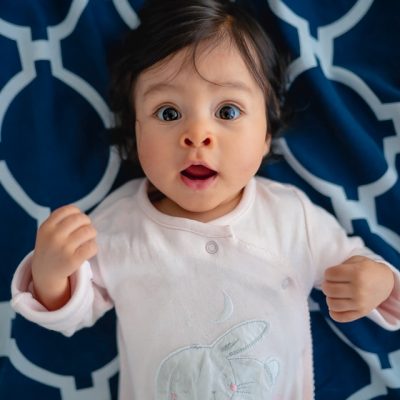
New-born babies born with cleft-lip and plate
Children with a family history of hearing loss
New-born babies who have trauma after birth (fall, head injury, etc.)
Children or parents having viral infections like rubella, syphilis, etc.
Children with syndromes (Down’s syndrome, etc.)
Usage of ototoxic drugs
New-born babies with low birth weight
New-born babies who were incubated
New-born babies who had high fever after birth
New-born babies who did not cry immediately after birth
New-born babies who had jaundice at the time of birth
New-born babies having meningitis, encephalitis, etc.

New-born babies born with cleft-lip and plate
Children with a family history of hearing loss
New-born babies who have trauma after birth (fall, head injury, etc.)
Children or parents having viral infections like rubella, syphilis, etc.
Children with syndromes (Down’s syndrome, etc.)
Usage of ototoxic drugs
Signs Of Hearing Loss In Children
No head-turn to the sounds by 4-5 months of age
By 8-9 months, no response to name call
No reaction to loud sounds like vessel falling/ crackers bursting
Unable to say first word by age of 1 year
Unable to locate sound sources
Child might ask for repetitions

Child might put one ear forward to listen
Child not speaking clearly (can have high frequency hearing loss)
Child listening to TV/ music at high volumes
Child not able to hear from distance
Child unable to understand speech in noisy environment
Child with limited speech & language
No head-turn to the sounds by 4-5 months of age
By 8-9 months, no response to name call
No reaction to loud sounds like vessel falling/ crackers bursting
Unable to say first word by age of 1 year
Unable to locate sound sources
Child might ask for repetitions

Child might put one ear forward to listen
Child not speaking clearly (can have high frequency hearing loss)
Child listening to TV/ music at high volumes
Child not able to hear from distance
Child unable to understand speech in noisy environment
Child with limited speech & language
General Care
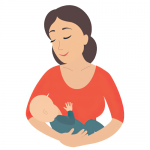
1
Breastfeed the baby with the head slightly raised (45 degree)
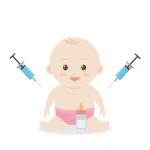
2
Get vaccinations done as per schedule
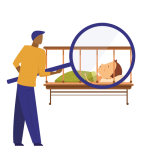
3
Get your child screened for vision, hearing and other metabolic problems
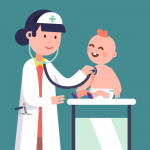
4
Seek immediate medical help for new-born related problems
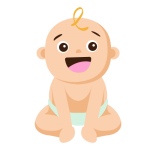
5
Be aware of your child’s reactions and eye movements to sounds around them.
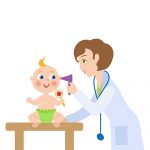
6
Always consult specialised professionals to treat your child’s ears
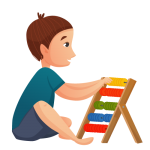
7
Be watchful of things children play with especially small beads, toys with harmful substances, etc.
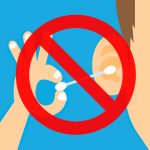
8
Don’t insert sharp objects like hairpins, matchsticks or even ear buds in child’s ear.
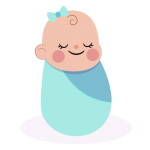
9
Keep the new-borns in a calm or less noisy environment
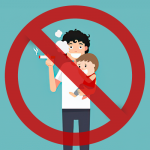
10
Avoid smoking in front of new-borns
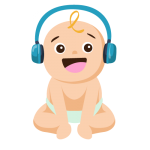
11
Avoid using headphones for babies
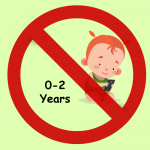
12
Avoid screen-time till child is 2 years
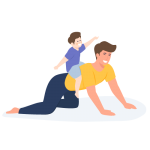
13
Talk and play with your baby as much as you can
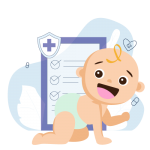
14
Have consultations with your paediatricians regularly
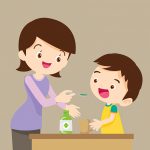
15
Use medicines for your new-born only after consulting a Doctor
Have a Question?
FAQ
You can find most answers to your questions right on this page.
Hearing loss is when your ability to hear is reduced. It makes it more difficult for you to hear speech and other sounds.
Hearing loss can occur at any age. A new-born baby can be born with hearing loss, a child who had some infection (meningitis) can have hearing loss, an adult can acquire hearing loss because of exposure to loud sounds or an older adult may have hearing loss due to age.
Hearing is the main modality of acquiring language. Hearing loss can affect the child’s language development, speech clarity, cognitive development, social relations and emotional development. All this might affect his academic development.
You can consult an ENT, an Audiologist or a Speech Language Pathologist.
Audiologists are primary health-care professionals who evaluate, diagnose, treat, and manage hearing loss and balance disorders in adults as well as children. Speech Language Pathologist (SLP) treat many types of communication and swallowing problems. These include problems with Speech sounds, Language, Literacy, Social communication, Voice, Fluency, Cognitive-communication, Feeding and swallowing.
A hearing screening is a quick test to see how well a child hears different sounds. The result can either be pass or refer.. If result is pass, it means child can hear. If the result is refer, an Audiologist might do further tests to check if the child has a hearing loss.
Anybody either a child or an adult can have their hearing screening done. The only difference is the test used to screen different age groups.
A child can be taken to an Audiologist. The Audiologist will perform various diagnostic tests [like Pure Tone Audiometry (PTA), Auditory Brainstem Response (ABR), Immittance Audiometry, Otoacoustic Emissions (OAE), etc.] and arrive at a conclusion and diagnose the child’s hearing loss. Audiologist will then guide you for the treatment options available to treat the hearing loss, whether it can be treated medically or be rehabilitated with a hearing aid/ cochlear implant.
Hearing aids amplify sounds so they may be detected by damaged ears. Cochlear implants bypass damaged portions of the ear and directly stimulate the auditory nerve. Hearing aids work by capturing sound, making it louder and then sending the sound down the ear canal through the middle ear to the inner ear where the hearing nerves are. A cochlear implant is an implanted medical device that replaces the function of the damaged inner ear. When hearing aids cannot provide hearing benefit after certain level of damage to the inner ear then the child is considered for cochlear implants.
Get the APP in Playstore
Download the app for FREE.

